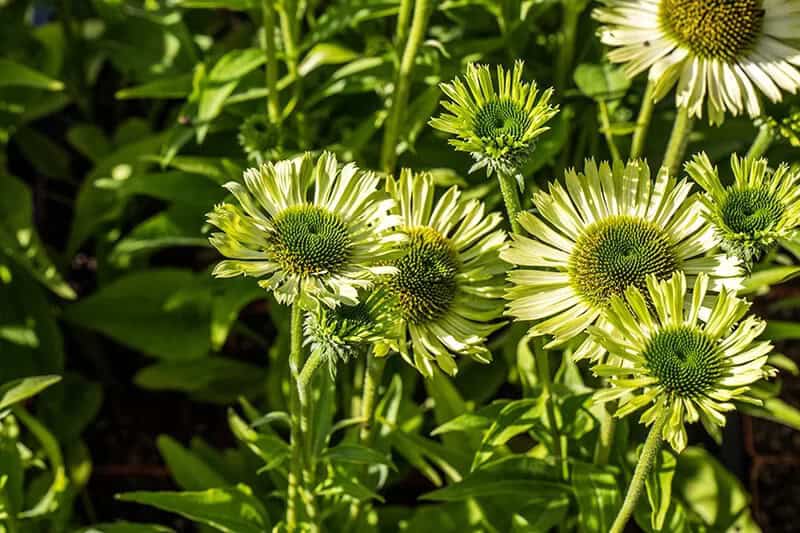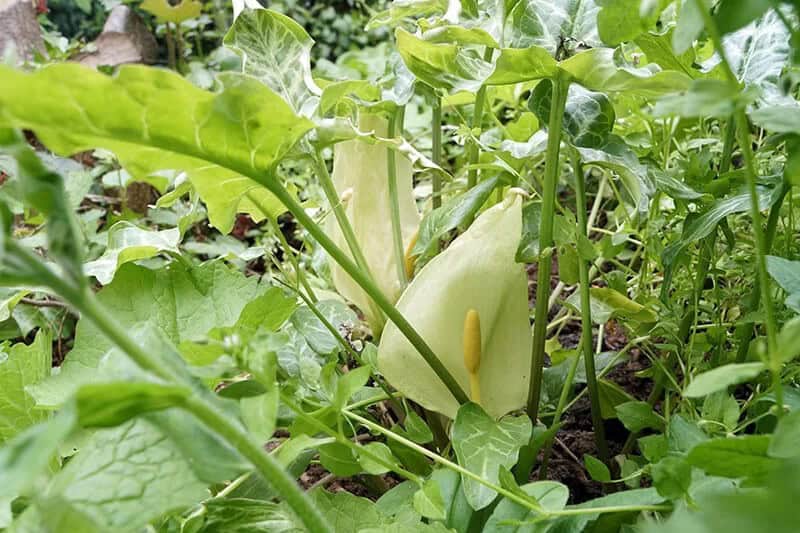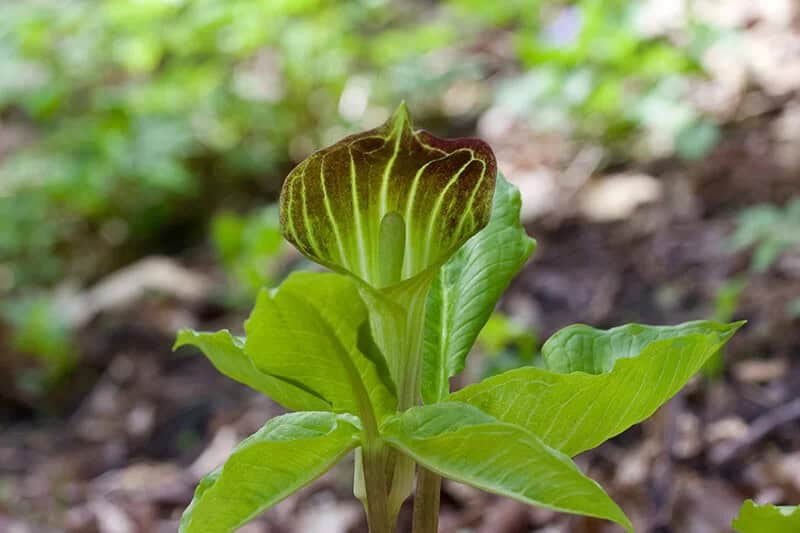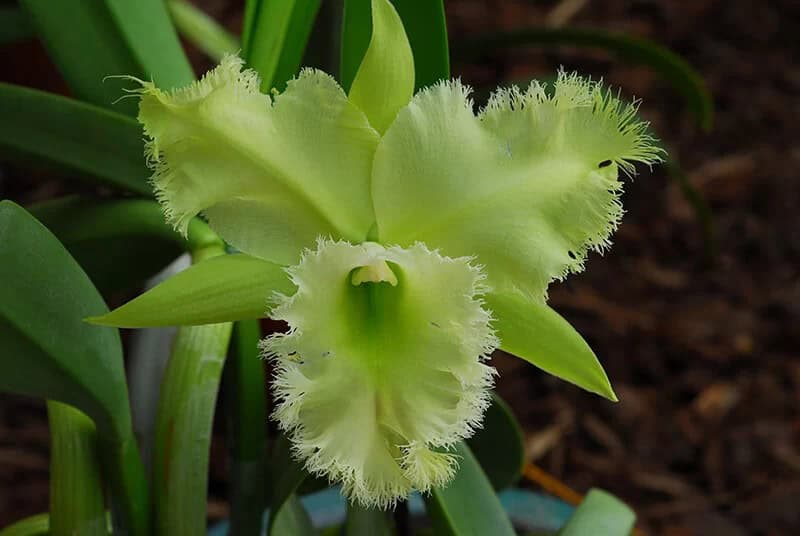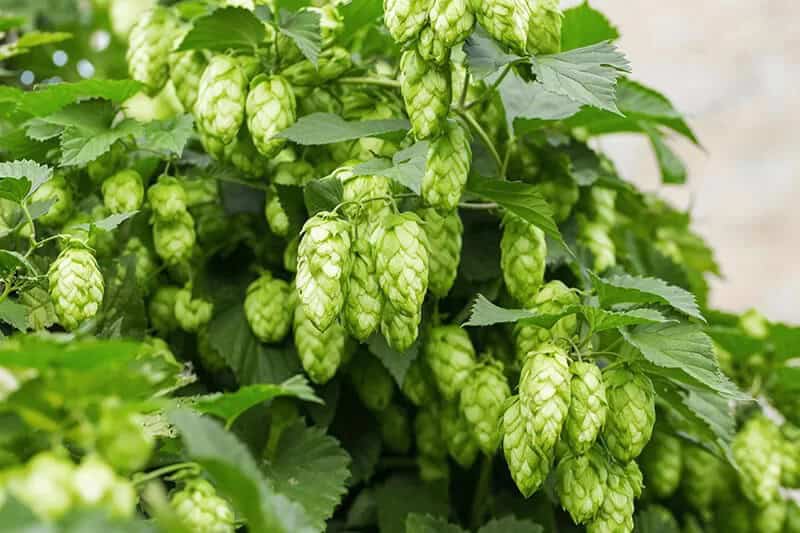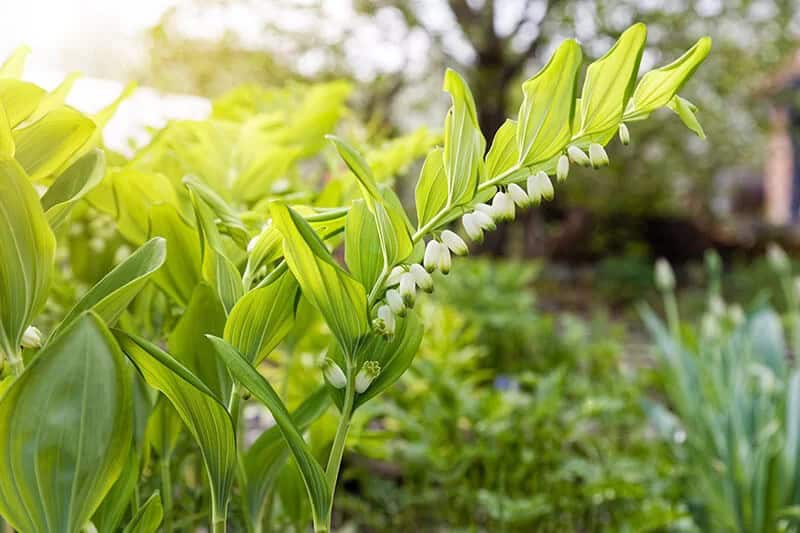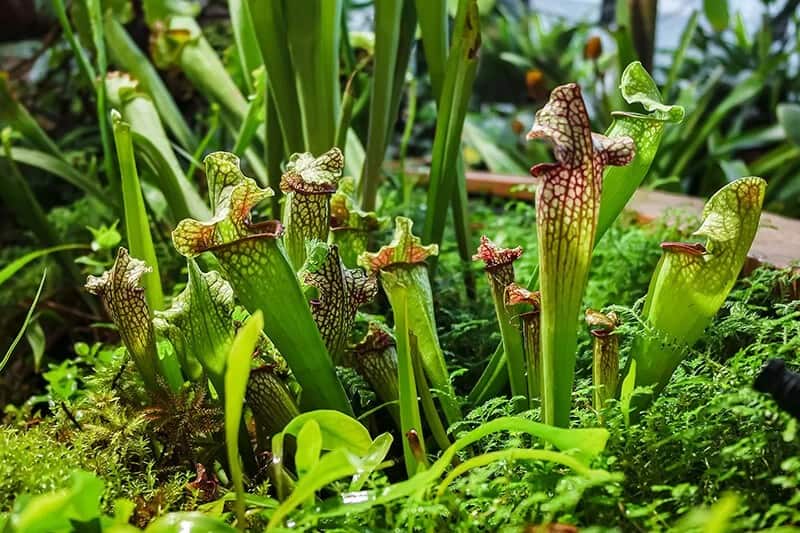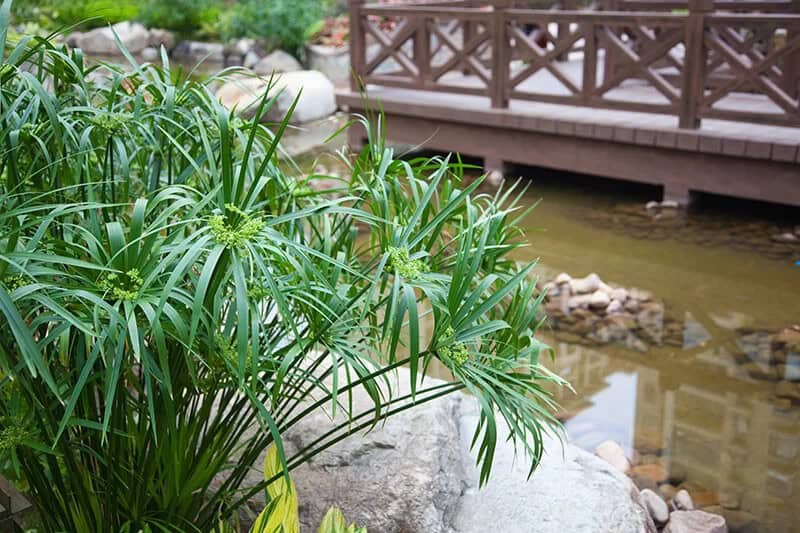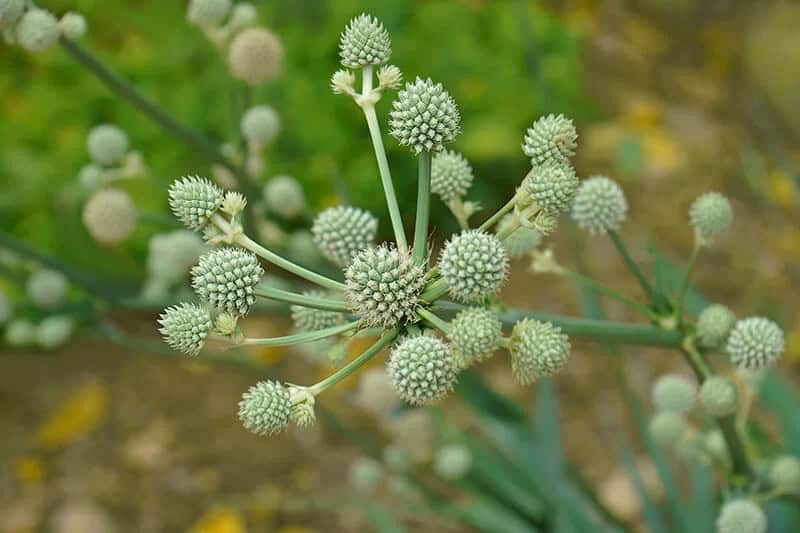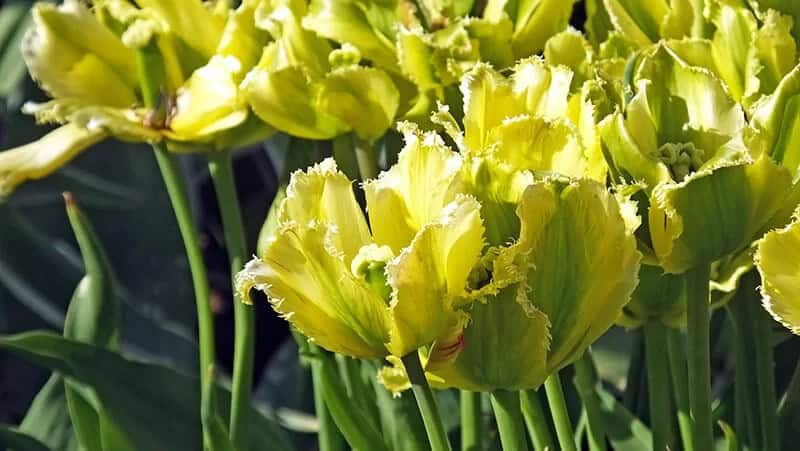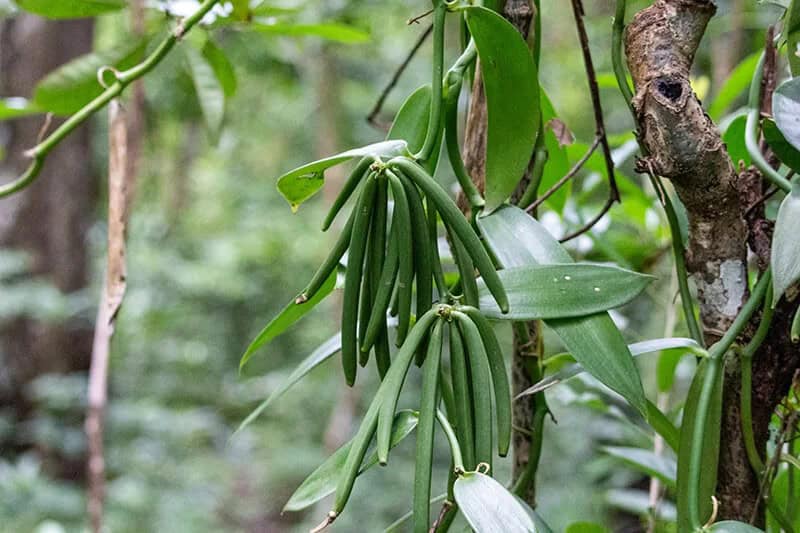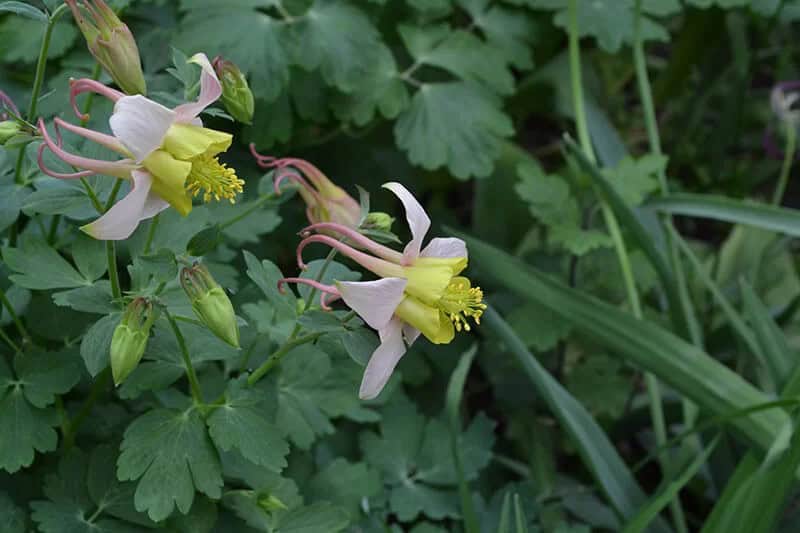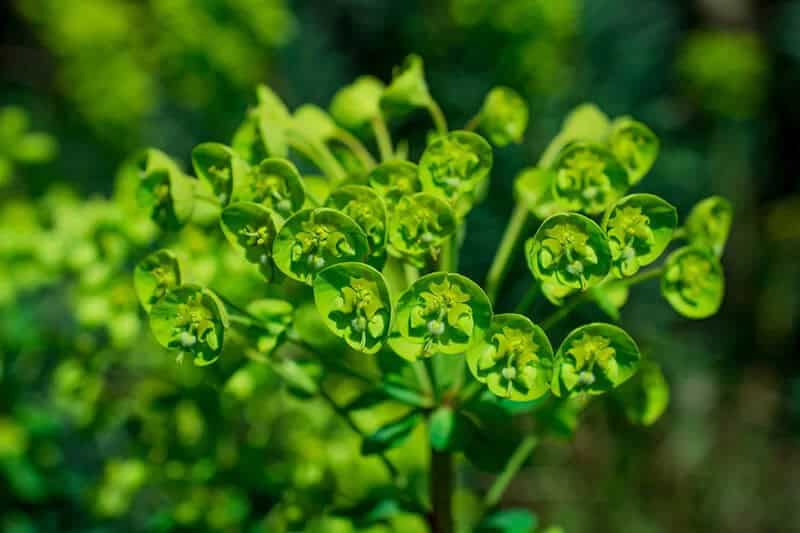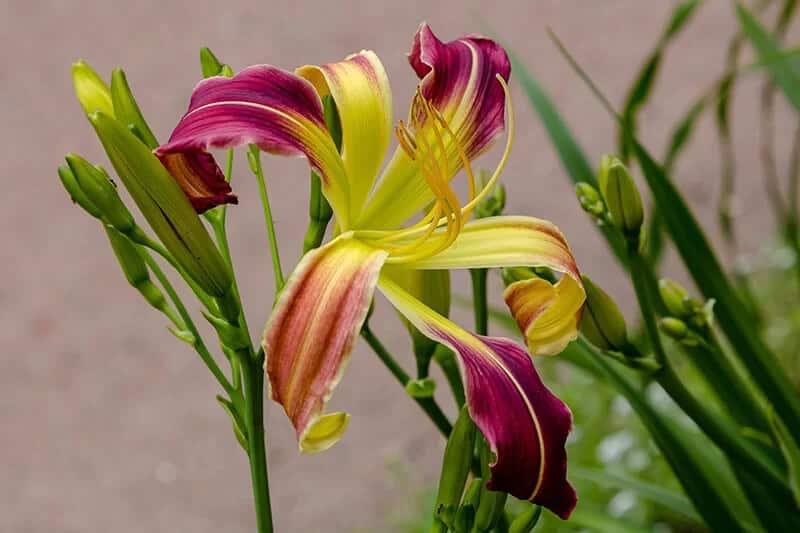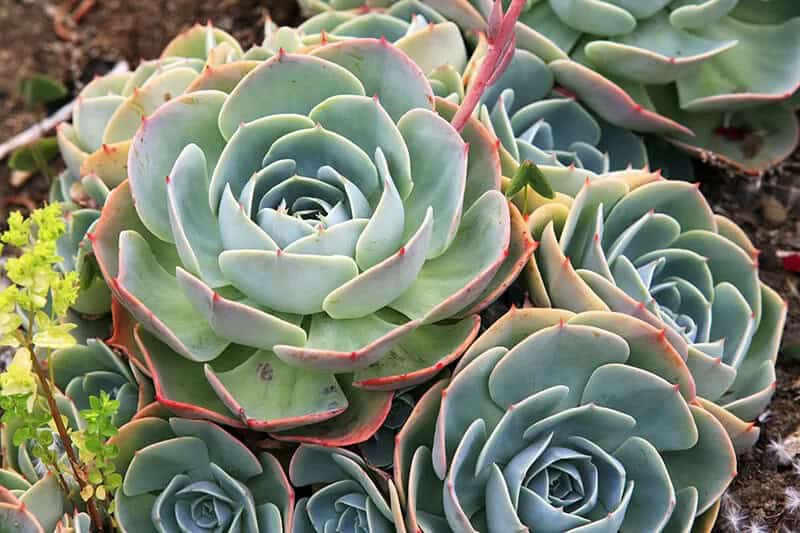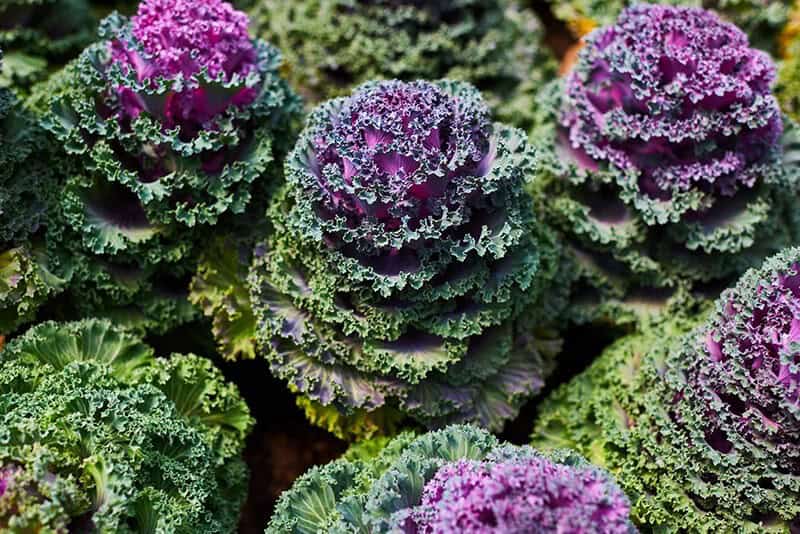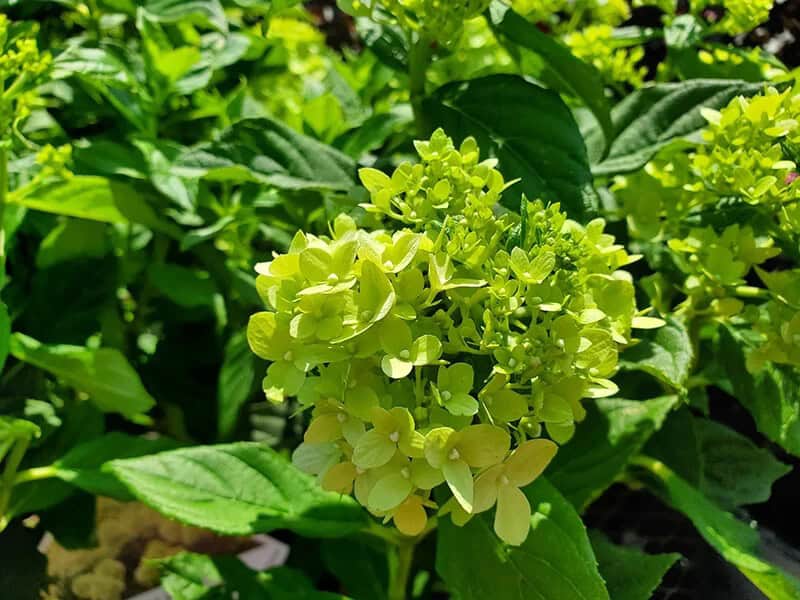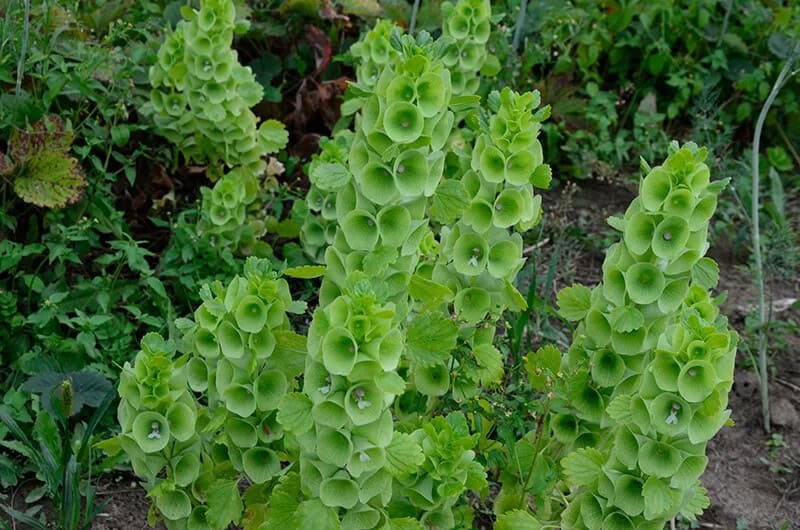Discovering the perfect green blooms for your garden can be a thrilling adventure, akin to uncovering rare treasures. While green flowers may not dominate the landscape like their vibrant counterparts, they possess a unique charm that sets them apart. Moreover, many plants with green flowers boast functional uses beyond mere visual appeal. As you curate your collection of verdant beauties, remember that each one tells a story and brings its own distinct character to the garden.
27 Intriguing Green Flowers to Bring Beauty and Practicality into your Garden
While some plants yield edible delights, others provide a bounty of insects for the taking. Even more astonishing is the fact that one type of plant can be transformed into paper – a truly remarkable innovation. When it comes to adding a touch of elegance and sophistication to your outdoor or indoor space, green flowers offer a vast array of options to suit any personal style.
Whether you prefer soft, pale hues or richer, more vibrant shades such as jade, there’s a green flower that can bring a sense of serenity and harmony to your surroundings.
Coneflower (Echinacea Purpurea ‘Green Jewel’)
The ‘Green Jewel’ coneflower is a stunning addition to any garden or bouquet, boasting vibrant lime green petals that surround a striking jade-colored central cone. This showstopping flower thrives in well-drained soil with average moisture levels, and can be grown in USDA hardiness zones 3-8. When it’s in full bloom from May to August, you’ll be treated to not only its breathtaking color but also its sweet, fragrant scent.
The blooms themselves reach up to five inches in diameter, making them a standout feature in any arrangement.
Corsican Hellebore (Helleborus Argutifolius)
A visually stunning addition to any garden, Corsican Hellebore (Helleborus corsicus) boasts a unique combination of attributes. With medium water requirements, this evergreen perennial thrives in moist, slightly alkaline soil with good drainage. Its hardiness allows it to grow successfully in USDA zones 6-8, providing year-round interest. While it can tolerate part shade to full shade conditions, its beauty is best showcased in a spot that receives filtered sunlight.
As the seasons change, Corsican Hellebore’s dark green foliage remains constant throughout winter, often being the first flowering perennial to bloom in early spring, typically from February to April. It’s essential to note that while this plant may be toxic if ingested, its visual appeal is undeniable.
Italian Arum (Arum Italicum subsp. Italicum ‘Marmoratum’)
The Italian arum is a stunning addition to any shaded area or rain garden, boasting highly variegated foliage and an attractive arrowhead shape. In warmer climates, it remains evergreen throughout the winter months. While its green flowers may not be immediately visible, this plant produces a unique yellow-green spathe that serves as a vibrant focal point. Its water requirements are moderate, thriving in consistently moist soil that can even tolerate wet conditions.
It’s well-suited for zones 5 to 9 and performs best in partial shade to full shade. May is the typical blooming season for this plant.
Memory Root (Arisaema Triphyllum)
The enchanting memory root boasts an air of mystery, courtesy of its striking purple-striped hood and green spathe. This intriguing perennial thrives in consistently moist to wet soil conditions, making it an ideal choice for rain gardens where waterlogged soil is a concern. With the ability to tolerate such conditions, memory root can flourish even in areas prone to heavy rainfall.
In terms of climate, this plant excels in temperate regions, with a growing range spanning from USDA zones 4 to 9. In these environments, it requires part shade to full shade, allowing it to thrive without the need for intense sunlight.
As an added bonus, memory root produces a vibrant red berry cluster towards the end of summer, providing a pop of color amidst its lush foliage. The blooming season typically takes place in April and May, further elevating this plant’s allure.
Orchid (Cattleya)
With their striking green and yellow coloration and intricately frilled petals, cattleya orchids are a treat to behold. Despite their reputation for being finicky, these beauties are surprisingly easy to cultivate. To thrive, they require medium water levels, potting medium soil, and partial shade. Found in growing zones 10 to 12, cattleya orchids bloom seasonally, with each flower lasting between four to eight weeks when they do.
Hops (Humulus Lupulus ‘Cascade’)
Hops, often considered an unconventional flower, boasts numerous advantages that extend beyond its aesthetic appeal. Its pine-like fragrance and potential for brewing beer are just a few examples of its unique characteristics. In fact, this cultivar is used to create the flavor profile in some of the most popular beers globally. From a physical standpoint, hops require medium water levels, average soil with good drainage, and can tolerate mild drought conditions.
It thrives in USDA growing zones 4 to 9, tolerates full sun to partial shade, and typically blooms from September to October.
Solomon’s Seal (Polygonatum Biflorum)
Solomon’s Seal, a unique green-flowered beauty, thrives in medium-to-wet conditions, well-drained soils, and USDA hardiness zones 3 to 8. It requires part shade to full shade, making it an ideal choice for rain gardens or shaded areas. In April and May, delicate white bells with green tips appear to ‘drip’ from the vine, captivating photographers, artists, and gardeners alike with its enchanting display.
Sweet Pitcher Plant (Sarracenia Rubra)
The sweet pitcher plant is an intriguing specimen for botany enthusiasts seeking a challenge. This unique species emits a distinct sweet fragrance and features a slender, fluted pitcher that culminates in red-speckled lids. Due to its carnivorous nature, it’s essential to provide special care when potting or transplanting these plants. In terms of environmental requirements, the sweet pitcher plant thrives in wet conditions, bog-like soil that doesn’t respond well to fertilizers, and full sun.
It’s a suitable candidate for USDA growing zones 6 to 8, with its blooming season typically occurring from April to May.
Papyrus (Cyperus Papyrus)
Papyrus plants thrive in environments that mimic their native habitats. To replicate the wet conditions they require, ensure the soil is consistently moist but not waterlogged. In terms of soil type, papyrus prefers boggy soil, which provides the necessary nutrients and hydration. The ideal growing zones for papyrus are between 9 to 10, making it suitable for tropical climates.
When it comes to light, papyrus plants do well in full sun to part shade, although they may require some protection from intense afternoon sun. As for blooming season, expect papyrus to produce its vibrant green sprays from July to September. While you don’t need to be an ancient Egyptian to appreciate the beauty of papyrus, it’s true that this versatile plant can be brought indoors and used to craft unique paper products.
For those who enjoy DIY projects, papyrus stems can be harvested and processed into handmade paper.
Rattlesnake Master (Eryngium Yuccifolium ‘Prairie Moon’)
Despite its ominous name, the Rattlesnake Master is a surprisingly low-maintenance plant that thrives in well-drained soil and full sun. Its unique round flowers, which bloom from June to September, add a pop of color to any garden or bouquet. While it may not have any real-world applications as a snake antidote, it’s a great addition to any greenery collection.
Tulip (Tulipa ‘Green Jay’)
Green Jay tulips are undoubtedly eye-catching, boasting vibrant green petals that culminate in a striking yellow fringe. As a standout among other green flowers, they command attention. Just imagine displaying these stunning blooms in a vase – their beauty is truly show-stopping. With medium water needs and a preference for fertile, well-draining soil, these tulips are perfect for gardeners of all levels. They thrive in zones 3 to 8, where they can soak up full sun and bloom from April to May.
Whether you’re looking to add some drama to your flower arrangements or simply wanting to bring a pop of color to your outdoor space, Green Jay tulips are an excellent choice.
Vanilla (Vanilla Planifolia)
Among the notoriously finicky and high-maintenance world of orchids, Vanilla stands out as one of the most challenging varieties to cultivate. With its specific set of requirements, growing Vanilla becomes an exciting adventure for gardeners who relish a good challenge. When conditions are just right, this plant will reward you with delicate, creamy-green blossoms that can be hand-pollinated to produce your own vanilla pods.
The ideal environment for Vanilla includes medium water needs, fertile soil that’s consistently moist, and a growing zone of 11 to 12. It thrives in part shade to full shade, making it an excellent choice for gardeners who want to add some elegance and uniqueness to their gardens.
Columbine (Aquilegia Viridiflora)
The columbine flower is a masterpiece of nature, boasting intricate geometry that makes it a stunning addition to any garden. When the delicate yellow-green and pink hues combine, the result is a truly breathtaking display. The plant’s striking blue-green foliage adds an extra layer of vibrancy, making it a versatile option for any landscape.
With its unique color palette featuring green, pink, and blue-green, this variety of columbine thrives in zones 3 to 8, tolerating medium water levels and well-drained soil. It also requires full sun to part shade, with the blooming season typically occurring in April and May.
Spurge (Euphorbia Amygdaloides)
Surrounding yourself with nature’s beauty can be as simple as incorporating spurge into your landscape design. This stunning plant thrives in dry to medium soil conditions and requires well-draining soil to prevent waterlogged soil that can be detrimental to its growth. In fact, it is surprisingly tolerant of poor soil quality. With a growing zone ranging from 6 to 8, this artistic flower is perfect for gardeners living in temperate climates.
It also demands full sun to part shade and blooms beautifully from April to June. But what truly sets spurge apart is its unique ability to transform into an intense burgundy hue in the fall, adding a pop of color to your outdoor space.
Coconut Lime Coneflower (Echinacea Purpurea)
The purple coneflower’s stunning appearance is only rivaled by its unique growing requirements. This charming plant thrives in environments with dry to medium water levels, average soil quality, and a USDA Hardiness Zone rating of 3 to 8. In terms of light, it prefers full sun to partial shade, making it an excellent choice for gardens that receive varying amounts of sunlight.
The blooming season typically runs from June to August, during which you can expect the impressive double flowers to dominate the landscape. While these showstoppers are undeniably eye-catching, they do come with a drawback: their reduced ability to support pollinators, as they produce less pollen, seeds, and nectar compared to other varieties.
Daylily (Hemerocallis ‘Zuni Thunderbird’)
The Zuni Thunderbird, with its striking combination of dark purple petals and green throat, is an exceptional subject for photographers. As the flower blooms in June and July, it offers a unique opportunity to capture stunning images of green flowers. With some specimens reaching up to seven inches in diameter, these impressive daylilies are sure to grab attention.
While they thrive in well-drained soil with average moisture levels, gardeners should note that their light requirements range from full sun to partial shade. Additionally, the Zuni Thunderbird can be grown in USDA zones 3 through 9, making it a versatile addition to many gardens. Overall, this daylily’s vibrant colors and impressive size make it an ideal subject for photographers seeking to capture powerful images of green flowers.
Meadow Rue (Thalictrum Simplex)
Meadow rue brings a touch of whimsy to any garden with its delicate, green-tinged blooms and statuesque height. Reaching up to 30 inches tall, this perennial can be used as a backdrop for shorter flowers, adding depth and visual interest to your flower beds. The subtle contrast provided by the purple-tinged sepals adds an extra layer of charm to the sprays of flowers that bloom from June to July.
With medium water needs, moist well-draining soil, and full sun to part shade, meadow rue is a relatively low-maintenance addition to your garden, thriving in zones 7 to 9.
Zinnia (Zinnia Elegans ‘Envy’)
Zinnias bring a burst of color and vibrancy to any flower garden with their abundance of petals. These versatile plants thrive in well-drained sandy soil, requiring minimal maintenance as they soak up the full sun. With a growing zone range from 2 to 11, zinnias can be grown both indoors and outdoors, making them an ideal choice for container gardens on patios or borders in traditional yards.
As an added bonus, their lime green blooms attract bees, creating a welcoming atmosphere for any outdoor space where flowers are the focal point. Blooming seasonally from July to October, zinnias provide a stunning display of color during the summer months.
Hens and Chicks (Sempervivum Tectorum)
The Aloe striatula, with its striking green foliage, appears as a verdant bloom all year round. This low-maintenance succulent thrives in conditions that are dry to medium, making it perfect for novice gardeners or those seeking an easy-care addition to their outdoor space. Its requirements are straightforward: it prefers well-drained soils, such as sandy or gravelly mixtures, and full sun exposure. In terms of climate, it can be grown in USDA zones 3-8. The best part?
It’s a perpetual bloomer, producing stunning displays from June to July, making it an excellent choice for those seeking year-round interest.
Ornamental Cabbage (Brassica Oleracea)
Ornamental cabbages, featuring stunning purple or white accents, offer a unique and charming alternative to traditional flowers. Despite not being actual blooms, these plants’ frilly, flower-like forms are sure to captivate the eye. With their ability to thrive in a wide range of growing zones (2-11) and medium water needs, they’re an ideal choice for adding winter interest to any garden.
Additionally, well-drained loamy soil and full sun provide the perfect conditions for these cool-season crops to flourish. As a seasonal bloomer, ornamental cabbages offer year-round visual appeal without the need for constant maintenance.
Panicle Hydrangea (Hydrangea Paniculata ‘Jane’ Little Lime)
Imagine a lush oasis in your garden, where vibrant lime green hues take center stage. To create this stunning display, consider cultivating the panicle hydrangea cultivar, which boasts richly colored foliage that provides the perfect backdrop for its bright green blooms. As the seasons change and summer gives way to fall, these clusters of flowers will mature into delicate shades of pink and burgundy, creating a breathtaking spectacle in your garden or as part of any cut-flower arrangement.
To thrive, this variety requires medium water levels, rich soil with plenty of organic matter and good drainage, full sun to partial shade, and can be grown in zones 3-8.
Bells of Ireland (Moluccella Laevis)
If you’re looking to add some striking greenery to your floral arrangements or landscape designs, consider giving Bells of Ireland a try. This unique plant produces vibrant green spikes featuring cup-shaped calyces that gently cradle small white flowers. Not only do these plants offer an impressive visual display, but they also provide the opportunity for creative drying projects.
For optimal growth, Bells of Ireland require medium watering, loose and well-drained soil with moderate fertility, full sun exposure, and can thrive in a wide range of growing zones from 2 to 11. Blooming typically occurs between July and September.
27 Charming and Gorgeous Green Flowers that will Immediately Spice Up Your Garden
Green flower plants offer a multitude of benefits for the discerning gardener. Beyond their visual appeal, many species can be used in various creative pursuits such as photography and floral arrangements. Some varieties like hen and chicks require minimal maintenance while others, like vanilla, demand more expertise to thrive.
The advantages of green flowers extend beyond aesthetics; they also provide opportunities for self-sufficiency, allowing you to grow your own produce, brew beer with homegrown hops, dry raisins with grapes, or simply enjoy a subtle fragrance. By incorporating these plants into your garden, you’ll be taking it to new heights.
